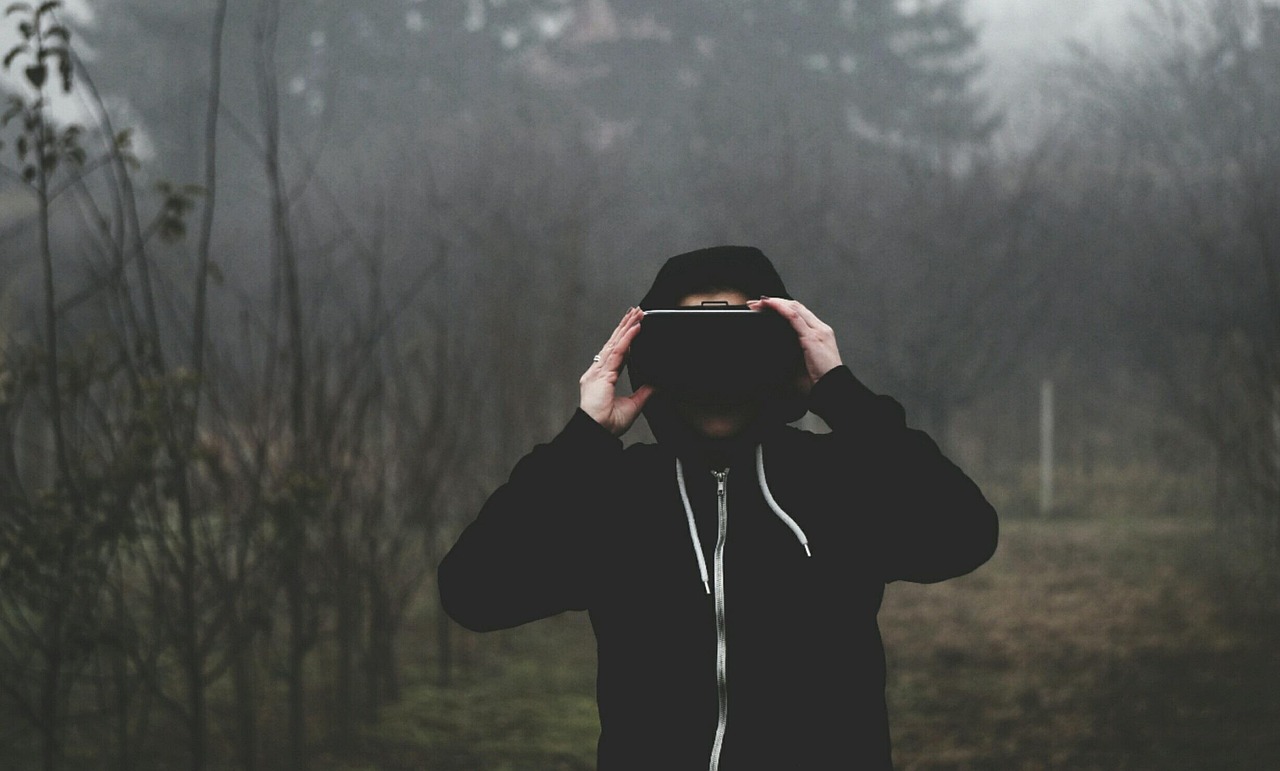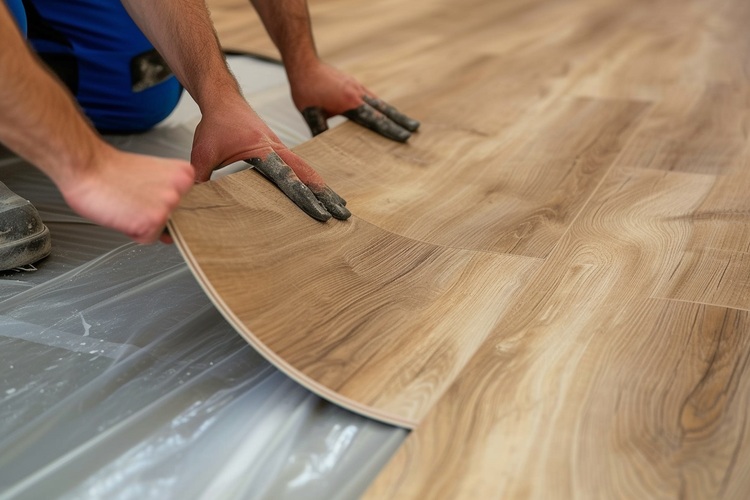A New Wave in Interactive Entertainment: The Growth of Virtual Reality in Theatre
In the evolving world of entertainment, technological advancement has ushered in a new era of immersive experiences. Of particular note is the rise of Virtual Reality (VR) in theatre, a trend that's been growing steadily, transforming the traditional stage experience into a vibrant, interactive spectacle. This article delves into the history, current developments, and the potential impact this fascinating trend could have on the future of the performing arts.

A Historical Perspective: Tracing the Roots of VR in Theatre
The concept of VR in theatre is not as modern as one might think. It traces back to the 1960s with Morton Heilig’s Sensorama, an arcade-style theatre cabinet that stimulated all the senses, creating a fully immersive experience. This was the precursor to modern VR technology, and it set the stage for future developments in immersive theatre.
Current Developments: Riding the Wave of Technology
The advent of affordable, high-quality VR headsets in the last decade has been a game-changer for the theatre industry. Productions such as the National Theatre’s adaptation of Neil Gaiman’s ‘The Ocean at the End of the Lane’ have utilized VR to create an immersive and interactive audience experience. This trend is not only limited to big-budget productions. Smaller theatre companies are also embracing VR technology, creating intimate, immersive experiences for their audiences.
The Impact: A New Dimension in Theatre
The integration of VR in theatre has brought about a paradigm shift in how audiences experience performances. It provides a level of interactivity and immersion previously unattainable, blurring the line between spectator and participant. Critics have lauded this development, hailing it as a revolutionary approach to theatre that enhances storytelling and audience engagement.
Future Possibilities: Charting the Course Ahead
The future of VR in theatre looks promising. As VR technology continues to evolve, so too does its potential in the performing arts. Experts predict that future advancements could include haptic feedback, creating a tactile dimension to the VR theatre experience. This would further enhance the immersion, allowing audiences to not only see and hear the performance but feel it too.
The Dawn of a New Era in Performing Arts
The integration of VR in theatre represents a significant shift in the performing arts. This burgeoning trend offers a fresh, unique perspective on the way performances can be delivered and experienced. As we move forward into this exciting new era, the possibilities for creative expression and audience engagement seem limitless. The world of theatre, as we know it, is changing - and it’s a thrilling spectacle to behold.




